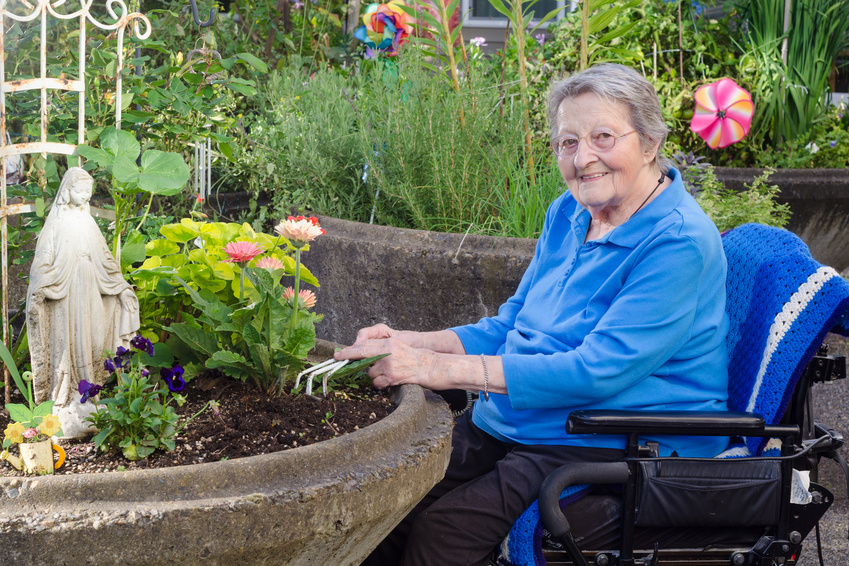When it comes to senior living options, today there are more alternatives than there were in the past. Where elder care previously only included assisted living homes, there are now alternatives that range from 24/7 skilled nursing care for seniors to independent senior housing in retirement communities — and everything in between. The choice you make is largely dependent upon the care that you or a parent needs in old age.
Two terms you may come across as you explore senior care options are “for-profit” and “non-profit.” Comparing for-profit vs non-profit senior care facilities can give you a good idea of the services they offer and the amount it may cost to live in one of these communities. However, there is no set division of for-profit vs non-profit senior care, so these labels aren’t always definitive.
A Brief Rundown of For-Profit vs. Non-Profit Senior Care
For-Profit Homes for Seniors
For-profit senior homes may be privately owned or publicly traded companies; they may also be individual properties or part of a regional or national chain. These homes are subject to laws and regulations regarding the care that they provide, and they may or may not accept Medicare or Medicaid benefits. This is an important consideration for seniors, considering that only 19% of assisted living residents have all of their living costs covered by Medicare. Finally, for-profit senior homes range from assisted living with all types of specialized care to independent communities set in private luxury homes.
Non-Profit Homes for Seniors
Like for-profit homes, non-profit senior communities are also subject to certain laws and regulations to keep elderly residents safe and healthy. They may or may not accept Medicare or Medicaid benefits. Non-profits can also offer different living accommodations, from single rooms and apartments to condos and private homes. Non-profits are more likely to be run by religious organizations, but this isn’t true of all non-profit homes. These homes are also required to file a Form 990 — an informational tax return that lets consumers know about the management, budget allocations, and other aspects of a non-profit.
While budget is certainly a major concern for elderly adults, it shouldn’t be the only thing taken into account. Out of the estimated one million seniors currently in assisted living, as many as 40% need help with three or more daily tasks, and three-quarters have two or more chronic conditions. As such, most facilities today are built to help seniors who need special care. If you are planning on a move into senior care, be sure to visit several facilities in your area to find the best fit for your lifestyle and care needs. Ask plenty of questions when you meet with the staff and residents to assess your compatibility with that home.
Have more questions about for-profit vs non-profit senior care? Leave a comment below.



